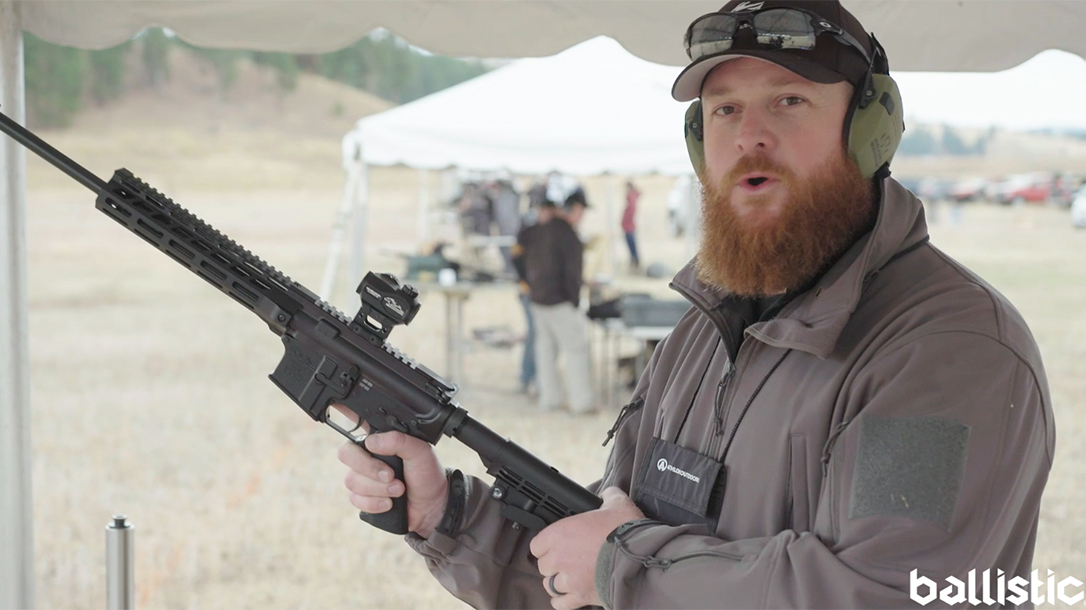Joec7651
Handloader
- Apr 7, 2019
- 959
- 1,301
Hi guys. I’m planning on getting started next spring in a few PRS matches. I plan on starting in the Gas Gun Class with a couple rifles that I think may be a good place to start. I built two identical rifles, by starting with Aero uppers and lowers. I got two X-caliber chrome moly barrels chambered for 223 Wylde 24” in length, with 1:8 twist, broke them in with 25 rounds each, THOROUGHLY cleaned them to bare bore and had them both QPQ Nitrided to help with durability and lower bore friction. I shimmed the barrels and headspaced them at .0015” over minimum spec. Rifle length gas tubes with adjustable Aero gas blocks and full floated 15” forearms. Timney Impact triggers in both, with stainless springs, pins, and detents, and both have fully nitrided bolt heads and carrier groups. I’ve got upper end Firefield, and Bushnell XLT glass on them at the moment which will change. They have wide ACS stocks for positive cheek weld, and MOE XL K grips, and a fairly low cost bipod.
Both rifles are more consistent than I am. I’m working up loads now with Hornady 75 grain BTHP’s and if they exceed 1/2” at 100 yards it’s my fault. It’s been many years since I’ve competed and that was with a M1A. Nothing takes the place for experience but do any of you have any advice or pointers? I know I may be at a little disadvantage going with a 5.56/223 but am familiar with its trajectory out to 400 yards. Here’s a pic of one of them. Some things are different on them now, like the stock, grip, and a 20 moa mount was added but give you an idea of what I’m running.

Both rifles are more consistent than I am. I’m working up loads now with Hornady 75 grain BTHP’s and if they exceed 1/2” at 100 yards it’s my fault. It’s been many years since I’ve competed and that was with a M1A. Nothing takes the place for experience but do any of you have any advice or pointers? I know I may be at a little disadvantage going with a 5.56/223 but am familiar with its trajectory out to 400 yards. Here’s a pic of one of them. Some things are different on them now, like the stock, grip, and a 20 moa mount was added but give you an idea of what I’m running.

Last edited:





